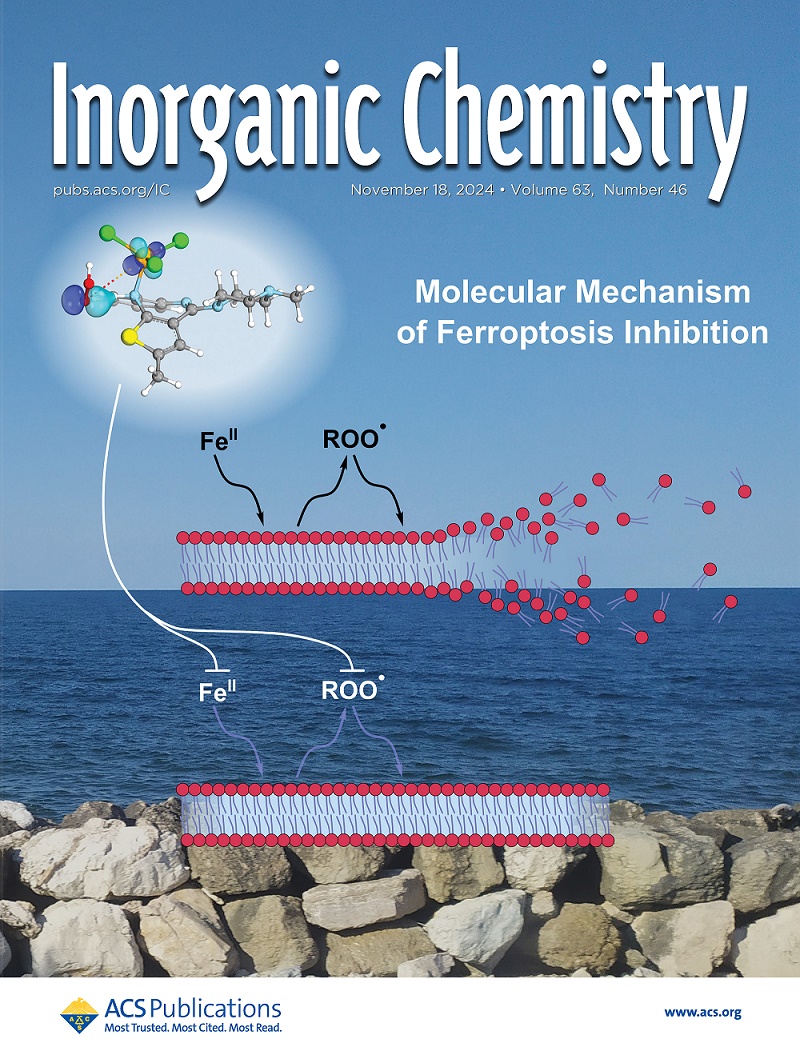Photocatalytic Recovery of Noble Metals by Covalent Silyl Polyoxophosphotungstate–Porphyrin Copolymers
IF 4.3
2区 化学
Q1 CHEMISTRY, INORGANIC & NUCLEAR
引用次数: 0
Abstract
The photocatalytic recovery of noble metals on photosensitive semiconductors such as TiO2 is well-established for forming M/TiO2 but has notable drawbacks. TiO2 suffers from low conversion efficiency due to significant recombination of photogenerated electron–hole pairs. Its wide energy band gap (3.2 eV) also restricts excitation to high-energy UV light, limiting its use with solar energy. This study proposes an efficient alternative using hybrid polyoxometalate (POM)–porphyrin copolymers for the photocatalytic recovery of Ag and Pt under visible light. Copolymeric films composed of hybrid polyoxometalates and porphyrins have been obtained by the electrooxidation of 5,15-(di-p-tolyl)porphyrin (H2T2P) or 2,3,7,8,12,13,17,18-octaethylporphine zinc(II) (ZnOEP) together with Keggin or Wells–Dawson-type organosilyl polyoxophosphotungstate ([PW11Si2O40C26H16N2]TBA3 or [P2W17Si2O62C26H16N2]TBA6). In these films, porphyrin subunits can be excited under visible illumination, acting as photosensitizers that transfer electrons to the polyoxometalate catalysts. Notably, POM–porphyrin films demonstrated high efficiency in Pt(IV) photoreduction over repeated cycles without catalyst degradation.

求助全文
约1分钟内获得全文
求助全文
来源期刊

Inorganic Chemistry
化学-无机化学与核化学
CiteScore
7.60
自引率
13.00%
发文量
1960
审稿时长
1.9 months
期刊介绍:
Inorganic Chemistry publishes fundamental studies in all phases of inorganic chemistry. Coverage includes experimental and theoretical reports on quantitative studies of structure and thermodynamics, kinetics, mechanisms of inorganic reactions, bioinorganic chemistry, and relevant aspects of organometallic chemistry, solid-state phenomena, and chemical bonding theory. Emphasis is placed on the synthesis, structure, thermodynamics, reactivity, spectroscopy, and bonding properties of significant new and known compounds.
 求助内容:
求助内容: 应助结果提醒方式:
应助结果提醒方式:


